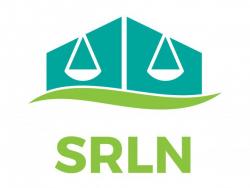
SRLN Brief: Procedural Fairness / Procedural Justice (SRLN 2015)
Research has shown that when defendants and litigants perceive the court process to be fair, they are more likely to comply with court orders and follow the law in the future—regardless of whether they “win” or “lose” their case.
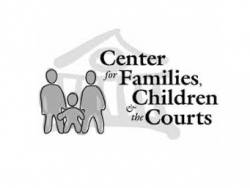
Article: Community Courts and Family (Chase, Alexander, Miller 2000)
The authors introduce the idea of a community court as an interaction among courts, social service agencies, and the community.
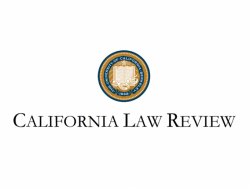
Article: Self-Represented Litigants in Family Law: The Response of California’s Courts (Hough 2010)
This article summarizes California's response to self-represented litigants.
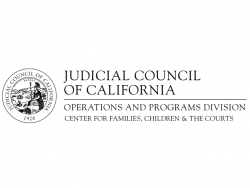
Resource: Equal Access Unit of the California Center for Families, Children & the Courts (Judicial Council of California 2015)
The Equal Access Unit of the Center for Families, Children & the Courts has materials available for courts, court-based self-help programs, and other nonprofit providers of lega
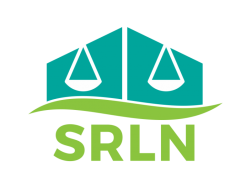
SRLN Brief: Communications Resources (SRLN 2015)
A communications strategy, which is central to any project's success, not only charts communications with internal and external customers, but also serves as an important driver for the metrics collected to measure success.
Report: My Laws, My Courts, My Maryland Promoting Equal Justice for All (Maryland 2013)
My Laws, My Courts, My Maryland Promoting Equal Justice for All (opens as PDF), published by the Maryland Access to Justice Commission (website
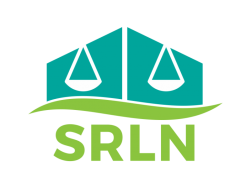
SRLN Brief: Rule 6.5 - A Powerful Tool to Diversify Pro Bono and Transform Court Services (SRLN 2015)
Ethics rule 6.5 is a powerful tool to diversify pro bono programs and to transform court services because it allows unbundled lawyers to perform real time services in court-annexed programs without the onerous clerical burdens and limitations unde
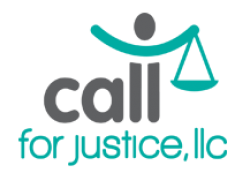
News: Call for Justice (Minnesota 2015)
Call for Justice, LLC is an innovative non-profit in Minneapolis that seeks to improve access to justice by connecting low-income people to existing legal resources, in partnership with United Way 211 and others.
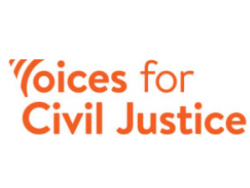
Weblinks: Voices for Civil Justice (Voices 2015)
Voices for Civil Justice launched in 2014 to serve as a nonpartisan communications hub advancing fairness in America’s legal system.
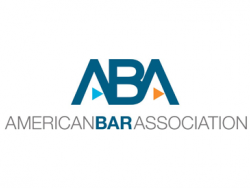
Weblinks: Access to Justice Commissions (ABA 2015)
Access to Justice Commissions are collaborative entitites that bring together courts, the bar, civil legal aid providers, and other stakeholders in an effort to remove barriers to civil justice for low-income and disadvantaged people.